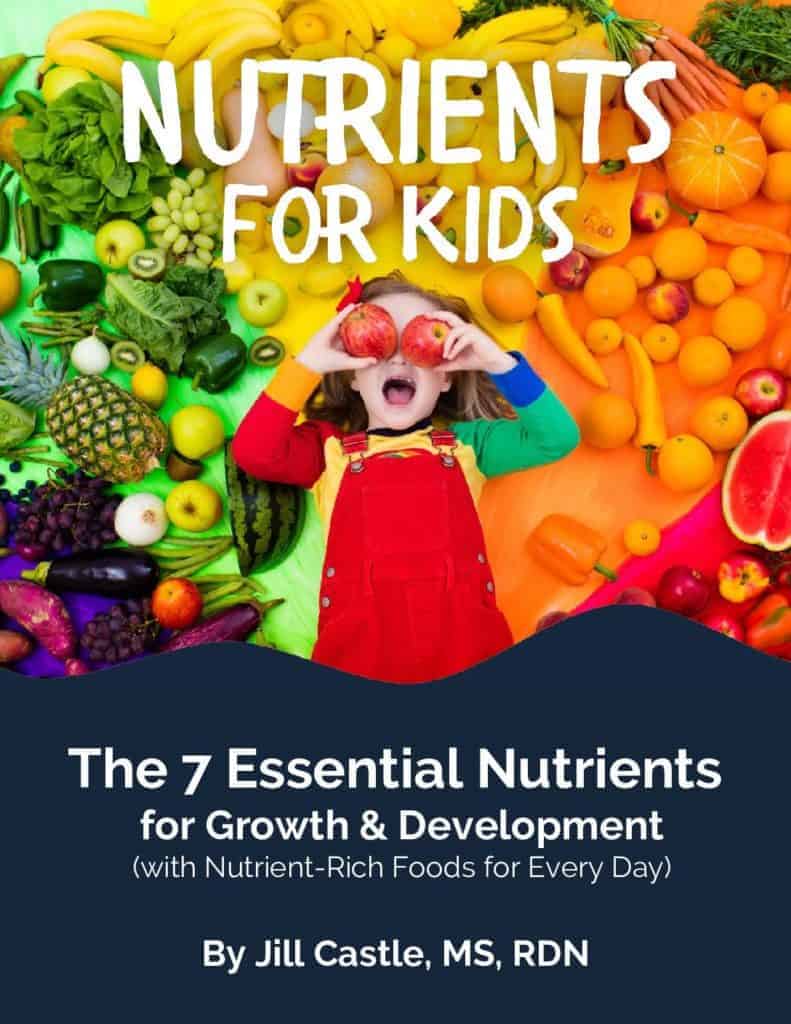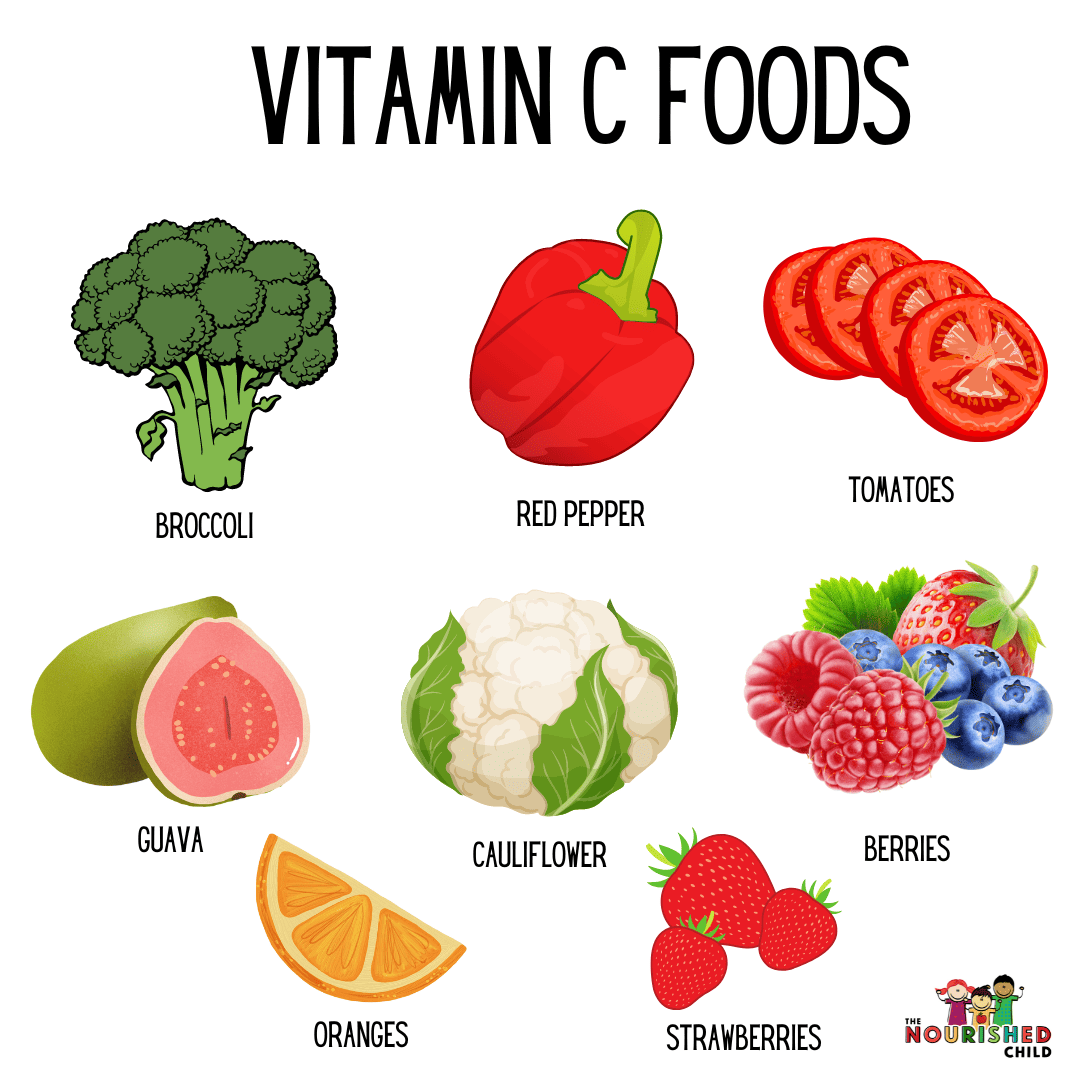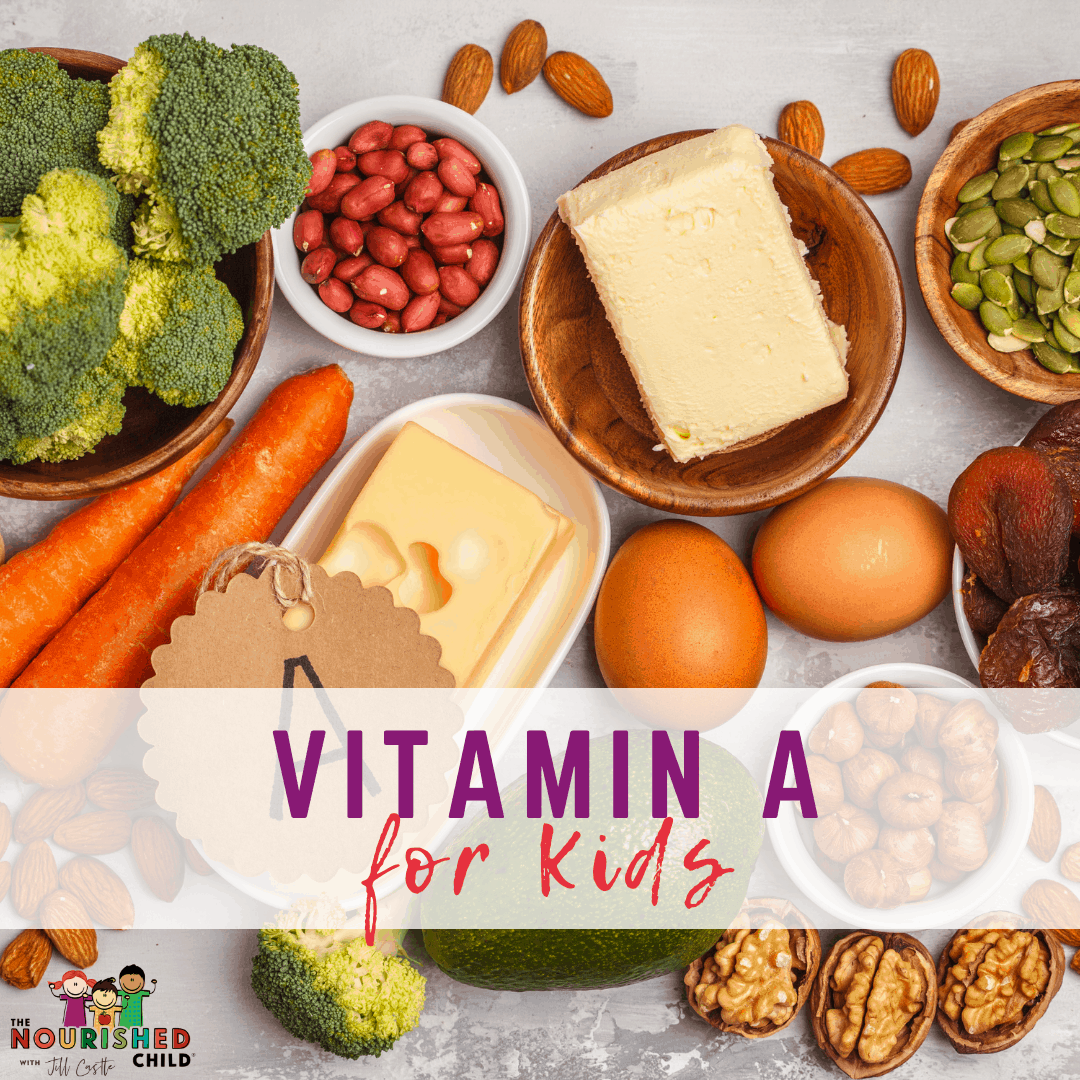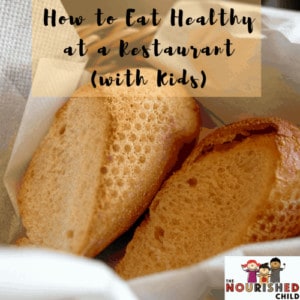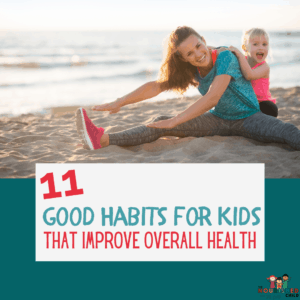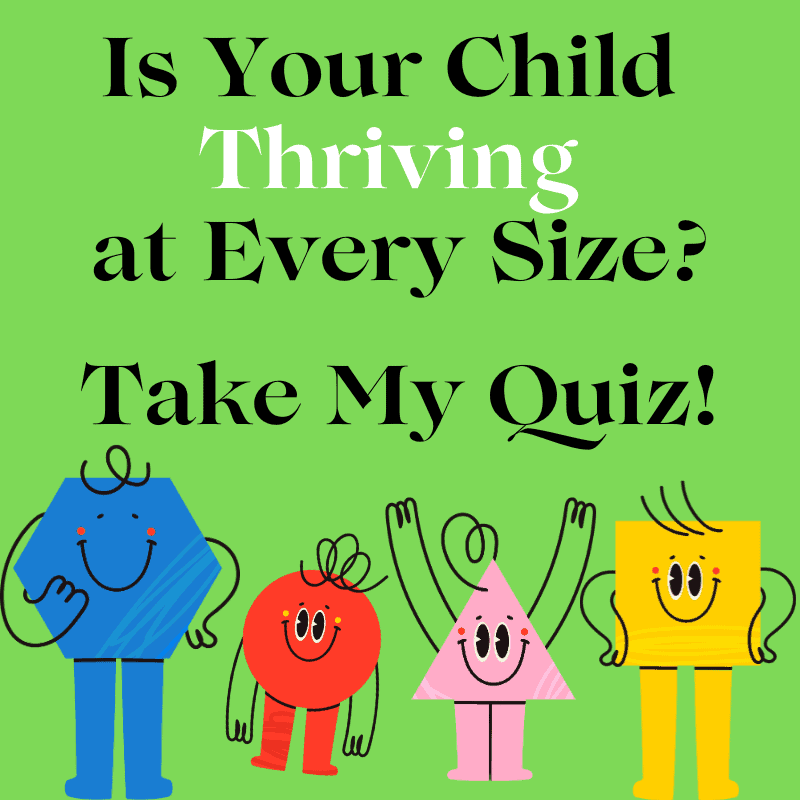B Complex for Kids
January 28, 2021
Learn about vitamin B Complex for kids, including what is included in this complex of vitamins and why they’re important for kids.
When you look at this post, “Complex” is screaming at you! Bear with me: there is a lot to discover about Vitamin B Complex and B vitamins for kids.
B is for body cells, where this family of 8 vitamins lives and works.
They help children process and use the foods they eat, which in turn helps them grow and develop.
The B vitamins also help protect your child from infections and other health problems, while performing some of the most basic cell functions in the body.
These water-soluble vitamins are referred to as B-complex because they are found in similar foods and were originally thought to be one vitamin.
Due to scientific research and discovery, today we know that each B vitamin has a distinct job in your child’s body.
What Is Included in B Complex for Kids
Here are the 1-2-3’s (and aliases) of all the B vitamins within the vitamin B complex:
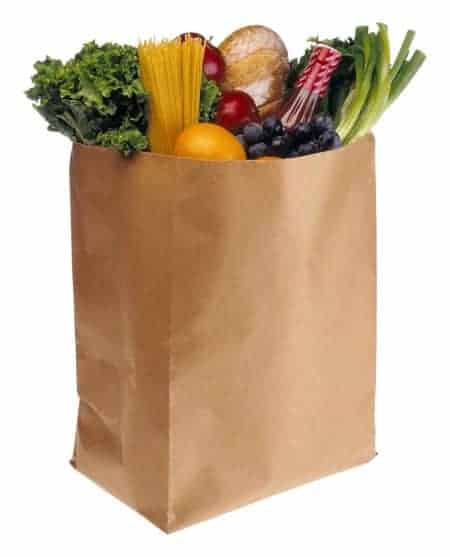
Vitamin B1 (Thiamin):
Thiamin helps the body make energy from carbohydrates. A deficiency of this B vitamin is rare due to the fortification of foods and therefor, its widespread presence in our food system.
Food Sources of Thiamin:
Pork, seafood, liver and other organ meats, potatoes, kidney beans, green peas, and whole and enriched grains.
Vitamin B2 (Riboflavin):
Riboflavin helps our cells make energy. It also changes tryptophan, an amino acid found in food, into niacin which is another B vitamin in the B vitamin complex.
RIboflavin is destroyed by ultra-violet (UV) light, so avoid riboflavin supplement products in clear containers.
Food Sources of Riboflavin:
Dairy products, eggs, meat, chicken, salmon, organ meats, whole and enriched grains, leafy green veggies, nuts.
Vitamin B3 (Niacin):
Niacin helps the body make energy from fats and sugars. It also plays a role in building healthy skin, and our nervous and digestive systems.
Foods High in Niacin:
High protein foods, especially fish, meat, poultry, nuts and legumes, and enriched grain foods.
Vitamin B5 (Pantothenic Acid):
Pantothenic acid, or vitamin B5, helps our cells make energy from protein, fat, and carbohydrates.
Food sources of B5:
Meats, poultry, fish, whole grain cereals, legumes, milk, fruits, and vegetables.
Vitamin B6 (Pyridoxine):
Vitamin 6 helps break down protein, make non-essential amino acids and body cells, and change tryptophan into niacin.
It also helps produce serotonin (the “feel-good” brain chemical), insulin (the blood sugar balancer), hemoglobin (red blood cells), and antibodies (part of the immune system).
Some research suggests it may help pregnant women combat morning sickness, but check with your doctor.
Foods High in Pyridoxine:
Beef, chicken, pork, seafood, some organ meats, potatoes, bananas, grains, nuts, and legumes.
Vitamin B7 (Biotin):
Biotin helps make hormones and helps cells make energy from protein, fat, and carbohydrates.
Food Sources of Biotin:
Eggs, liver, yeast breads, nuts, mushrooms, grapefruit, bananas, watermelon, and cereals.
Vitamin B9 (Folic Acid):
You’ve probably heard of folic acid, especially if you’ve had a baby or two. Folic acid helps make new body cells through the production of DNA and RNA (the cell reproducers).
Thankfully, the fortification of food with folic acid has reduced the incidence of neural tube defects like spina bifida by 50% to 70%.
Folic acid may protect against heart disease. It works with B12 to form hemoglobin (red blood cells).
If you take too much folic acid, you may mask a B12 deficiency.
Folic acid can be easily destroyed during cooking and storage.
Foods High in Folic Acid:
Orange juice, beans, leafy green vegetables, nuts, avocados, and grains.
Vitamin B12 (Cobalamin):
Vitamin B12 is important for growth and development. It helps our cells use fats and proteins, and helps folate in red blood cell production.
A deficiency of vitamin B12 can take up to 7 years to show up.
Children of vegan families are at the high risk of B12 deficiency. In kids, an early deficiency can cause irreversible neurological problems. Close attention to adequate food sources of B12 is important.
Contrary to popular belief, taking extra vitmain B12 will not boost energy.
Foods with Vitamin B12:
Animal products, and some fortified foods. Note: plant-based foods do not contain B12.
The Bottom Line on Vitamin B Complex for Kids
There’s an overlap of vitamin B functions and many food sources that contain a variety of the B Complex vitamins. Hence, a deficiency of vitamin B complex for kids is a rare find, though not unheard of.
A well-balanced diet is the best insurance policy your child can have.
Need More Help with Other Nutrients?
Also, check out my nutrition resources: booklets, workshops and classes!

